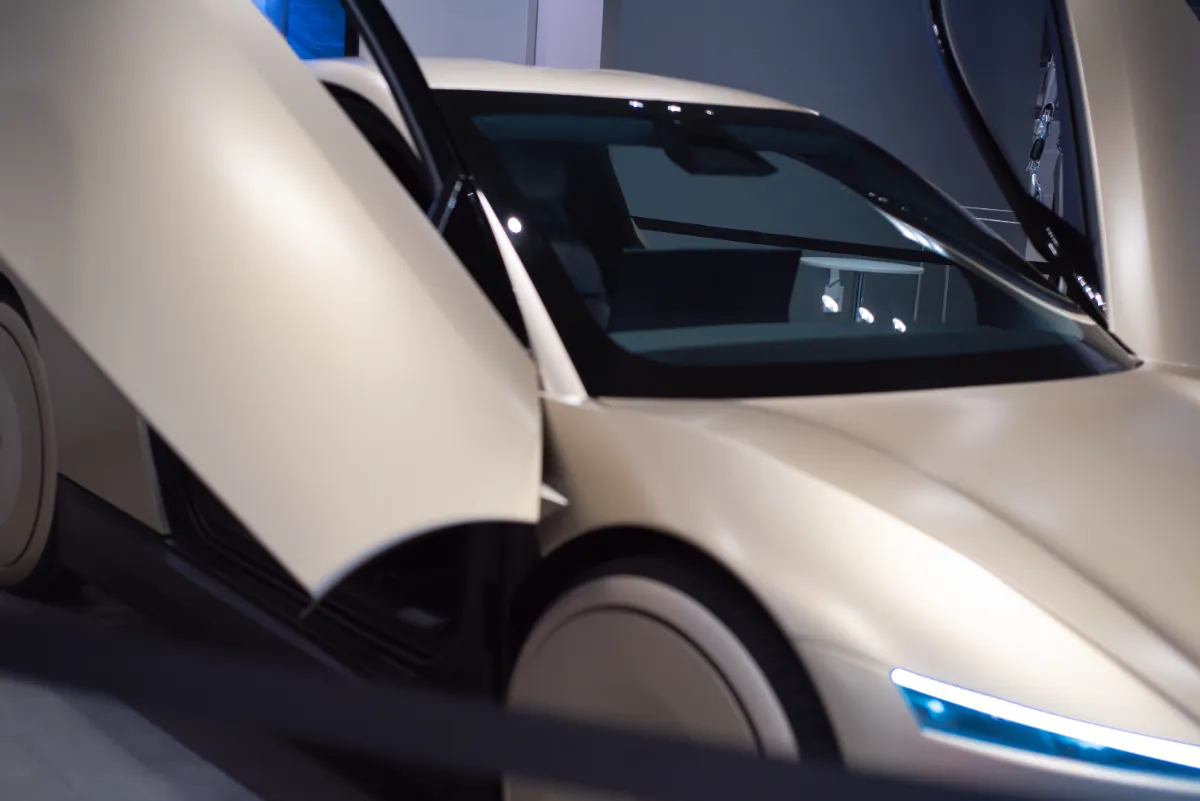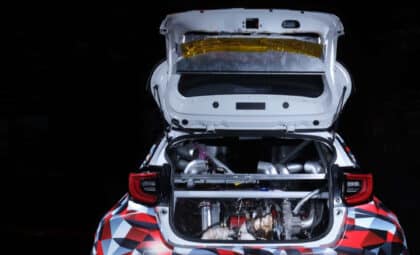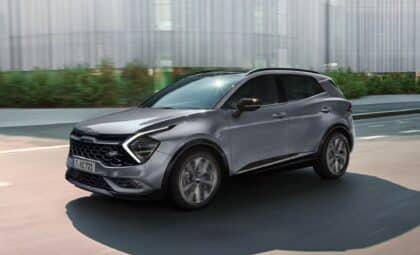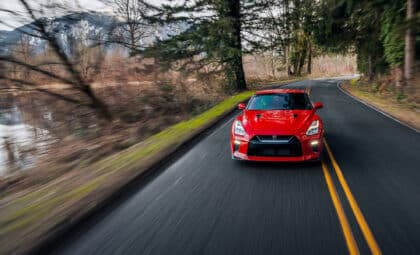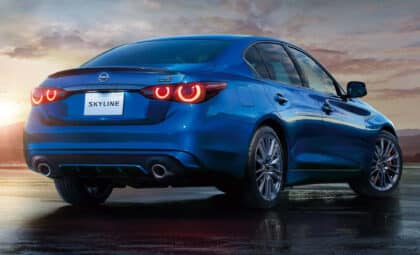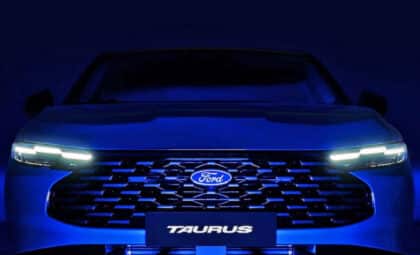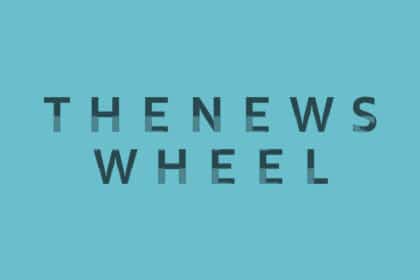Tesla is stirring up the New York scene by rolling out some pretty attractive wages for new robotaxi test drivers. This move is part of the company’s broader plan to boost its self-driving vehicle services across the U.S. While Tesla keeps pushing forward with its innovations in Tesla’s Full Self-Driving technology, these job openings not only signal the company’s growth but also give us a glimpse into what urban transportation might look like down the road.
Attractive job opportunities in New York City
Tesla has put the word out about some enticing openings for “Vehicle Operator, Autopilot” roles in Queens, New York. These jobs come with a base pay of up to $33.66 an hour—way above the city’s large-employer minimum of $16.50 an hour. The positions are split into two categories: Test Operator I and Test Operator II. Test Operator I earns between $25.25 and $27.60 an hour, while Test Operator II brings in between $28.75 and $30.60 an hour.
On top of that, anyone working the afternoon or night shifts gets an extra 10% on top of their base pay. And don’t forget, all employees qualify for Tesla’s benefits package, adding even more appeal to these jobs.
To land one of these positions, you’ve got to be pretty tech-savvy, reflecting Tesla’s shift towards AI. That means having a solid understanding of self-driving systems and advanced computer skills. Good English communication is a must too—the role involves handling recording devices, debugging software, collecting and analyzing data, and offering feedback on vehicle performance.
The schedule is flexible, but you’ll need to work at least one weekend day. You can choose between two setups: Tuesday through Saturday or Sunday through Thursday, with shifts available during the day, afternoon, and night to fit various lifestyles.
Tesla’s nationwide expansion and competitive race
Tesla isn’t stopping in New York City. The company is busy expanding its robotaxi service to other major U.S. cities like Texas, Florida, and California. While the listings for Florida and Texas don’t include specific pay details, drivers in Palo Alto, California can expect compensation that’s on par with the rates in Queens.
It’s interesting to note that California’s potential ban could significantly impact Tesla’s operations. A spokesperson from New York City’s Department of Transportation confirmed this after a CNBC report.
In places like Austin, Texas and San Francisco, Tesla is already running a small number of robotaxis with safety team members on board to take control if things go sideways. This move fits right in with Elon Musk’s plan to roll out autonomous ride-hailing services across much of the country. Musk expects that, by the end of the year, this service might be available to “probably half of the population of the US,” once the necessary approvals come through.
Legal hurdles and market moves
Even as Tesla pushes ahead with these bold plans, it’s also facing its share of leadership shake-up and tough competition in the robotaxi space. Not long ago, a Florida jury found Tesla partly responsible for a 2019 crash that tragically took the life of a 22-year-old woman. On top of that, shareholders have taken legal action against both Tesla and Elon Musk, arguing that their robotaxi services break traffic laws.
The competition isn’t backing down either. Big players like Lyft and Waymo are all in on the growing robotaxi market. In fact, Waymo has already applied for a permit to test its robotaxis in New York City—a clear sign that the battle for dominance is heating up.
With Tesla charging ahead in the self-driving vehicle revolution, these job opportunities are a sign of the wider shifts that are reshaping how we get around in cities. The company’s bold plans point to both exciting technological advances and some pretty steep challenges in this fast-changing industry.

